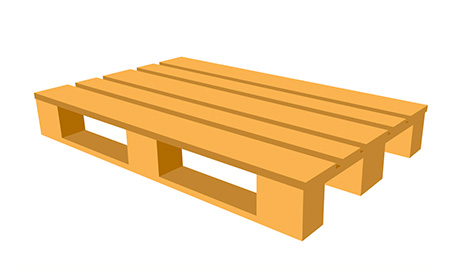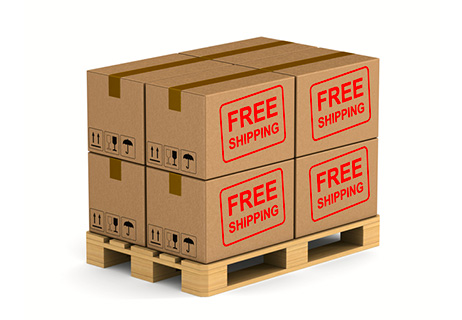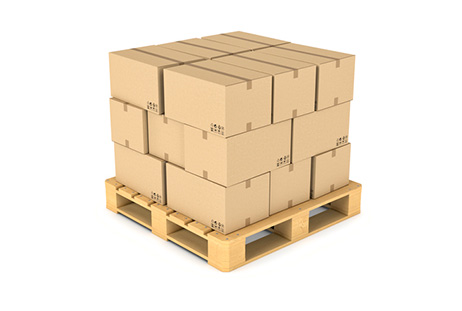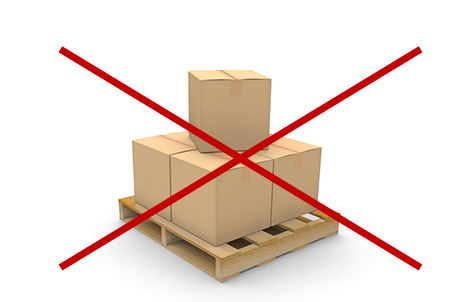HOW TO PACK THE GOODS


PALLET
In order to guarantee a proper protection and stability of each package weighing more than 70 kg, they must always be placed on pallets.
Since pallets consist of several packages, it is necessary to create a structure which guarantees their solidity, ease of transport and safety for the goods and the people who have to move them.
Four different ways of constructing a pallet are listed here below:
• Europallet can safely support a maximum weight of 1,000 kg.
• To assemble shipments with several parcels on one pallet, we suggest the method that provides the best stability and strength. Packages should be overlapped, leaving no gaps, so that the each box and their contents form a single rigid block.
• For a greater pallet stability, we recommend to use a stretch film which wraps around the full pallet.
• Ensure that the pallet is fitted with lower slings to increase its stability.
COLUMN STACKING
• In the case of fragile items, use smaller boxes to fit into larger boxes with internal and external cushioning. Otherwise use mouldable foam pads to protect the contents.
Column stacking (recommended)
• The best way to achieve strength during transport and protect goods from compression is to pack the boxes using the column stacking.
• Maximise strength by stacking boxes in columns from corner to corner and side to side. Then the pallet can be stabilised and secured by wrapping or elastic film.


INTERLOCKING STACKING
(recommended)
• If the goods contained in a box are rigid, the interlocking system will provide a greater pallet stability.
• If the goods in a box are not rigid, the interlocking system can reduce the compressive force up to 50%, and reduce the risk of damage to the goods.
• To optimise the strength, stack boxes corner to corner and side to side.
PYRAMID STACKING
(not recommended)
• The pyramid stacking does not guarantee a regular surface and expose goods to the risk of damage.
• A surcharge is applied to pallets with pyramid or irregular shapes.

